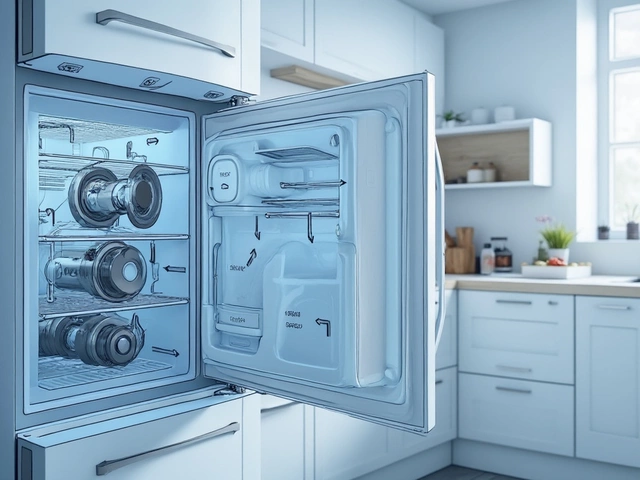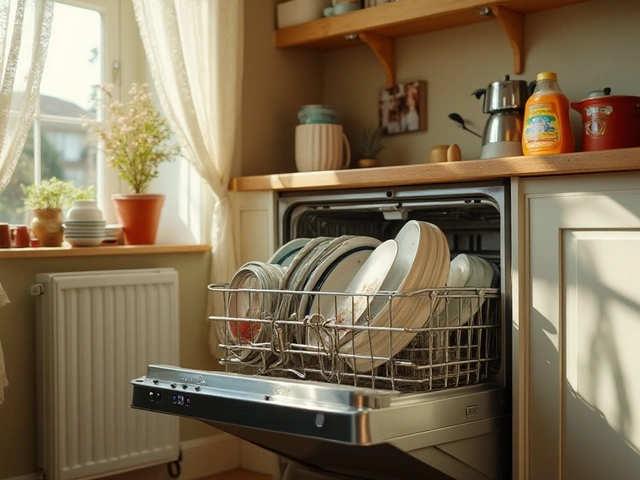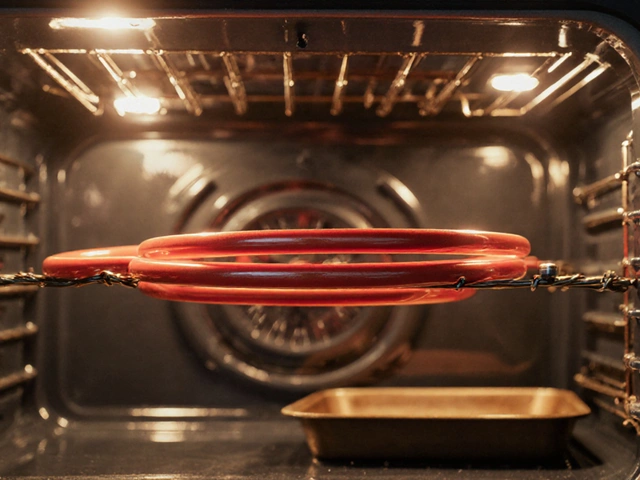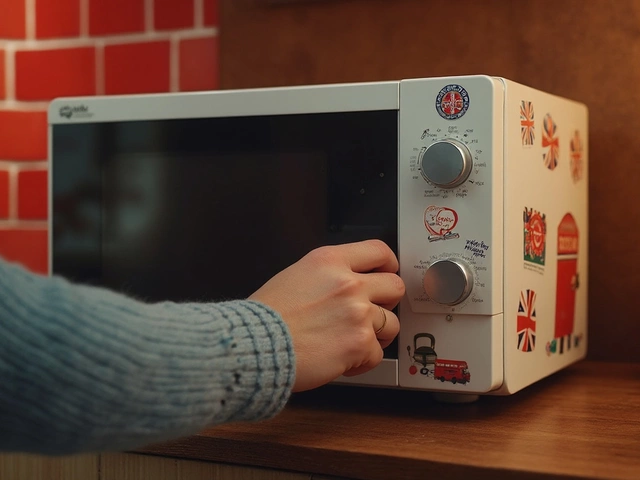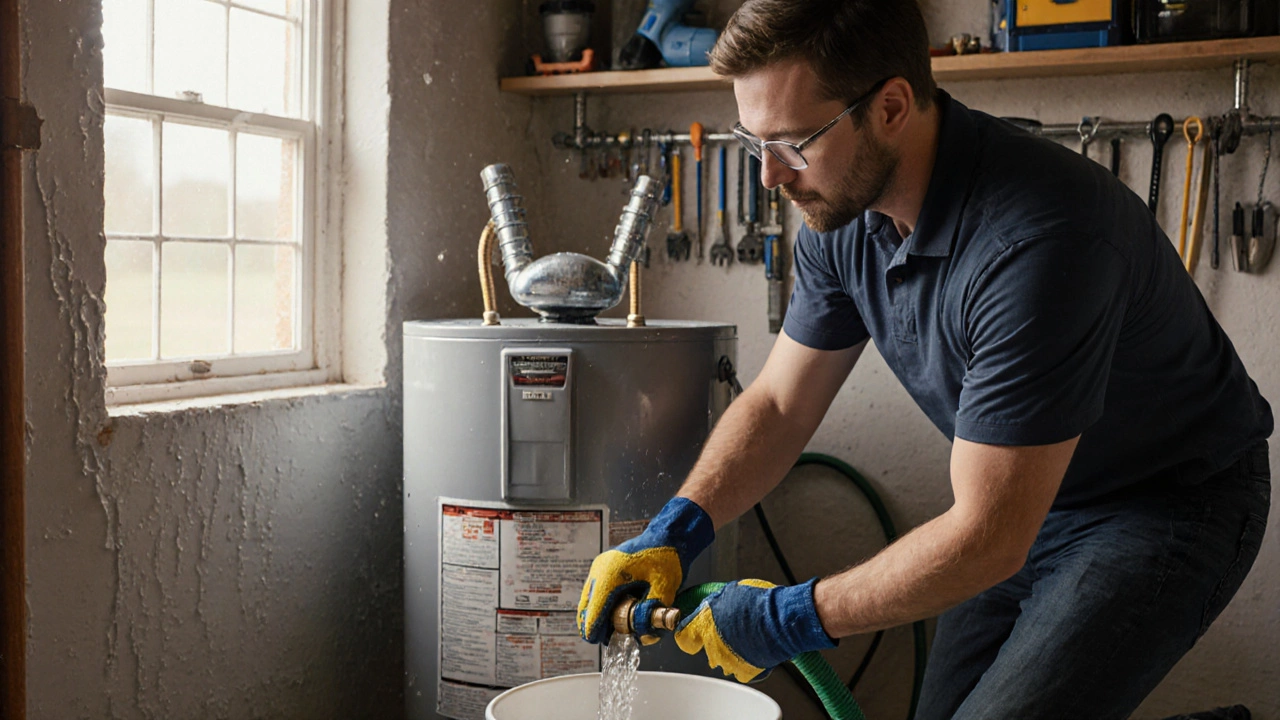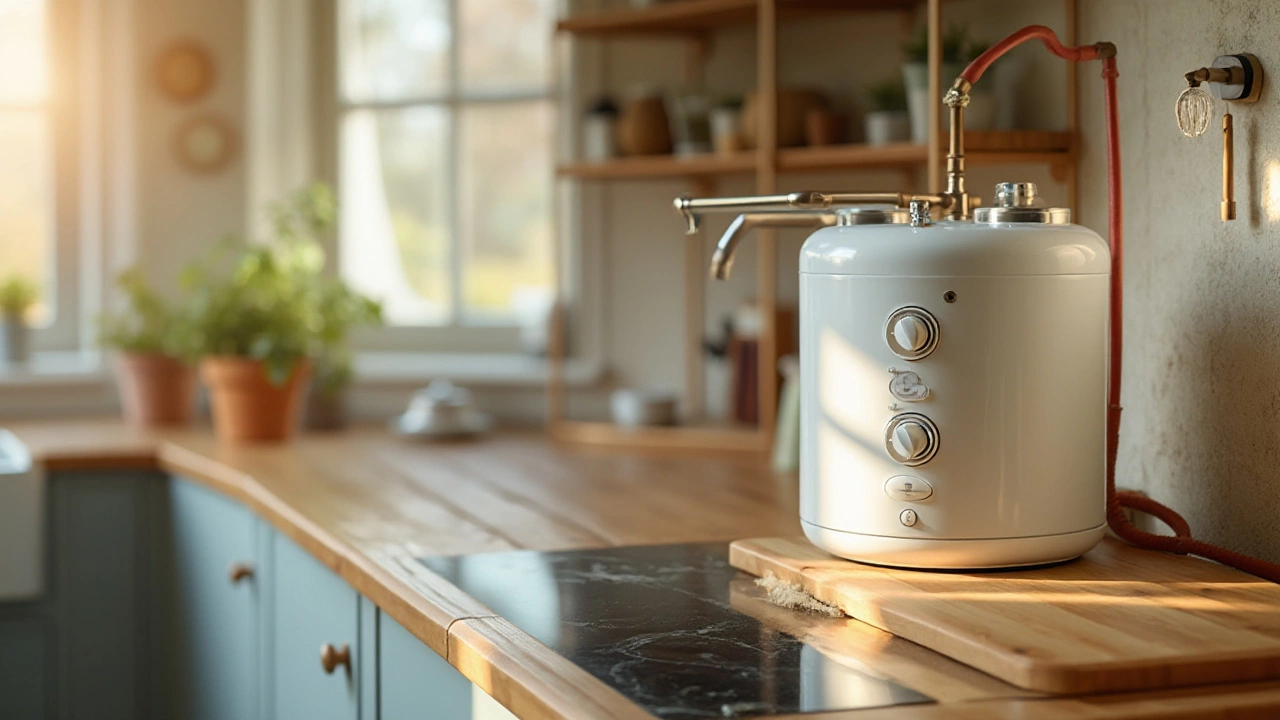Flush Water Heater – Quick Guide to Fresh, Efficient Hot Water
If you’ve ever had a lukewarm shower or heard rumbling from your tank, it’s probably time to flush your water heater. Sediment builds up inside the tank, reducing efficiency and shortening its life. A simple flush clears the grit, saves energy, and prevents nasty noises. In this guide we’ll cover why flushing matters, how often you should do it, and a straightforward DIY method you can follow in under an hour.
Why Flushing Matters
Every time you heat water, tiny mineral particles settle at the bottom of the tank. Over months, these particles turn into a thick layer of sludge. That sludge does three things:
- Reduces heating efficiency – the burner has to work harder, raising your energy bill.
- Causes noisy operation – you’ll hear popping or cracking as water boils around the sediment.
- Shortens the heater’s lifespan – corrosion speeds up, leading to leaks or tank failure.
Flushing removes the buildup, restoring the tank’s original performance. It’s a cheap maintenance task that pays for itself in lower bills and fewer emergency calls.
How to Flush Your Water Heater
Before you start, gather a garden hose, a bucket, and a pair of work gloves. Turn off the heater – electric units need the power switch, gas units the gas valve. Then shut off the cold‑water supply at the top of the tank.
Step 1: Connect the hose. Attach one end to the drain valve at the bottom of the tank and run the other end to a floor drain or outside. Make sure the connection is tight to avoid leaking.
Step 2: Open the drain. Open the valve and let the water flow. It will start cloudy – that’s the sediment coming out. Let it run until the water runs clear.
Step 3: Flush with fresh water. Close the drain valve, turn the cold‑water supply back on briefly to stir up any remaining debris, then open the drain again. Repeat until the water stays clear.
Step 4: Refill and restart. Close the drain, remove the hose, and turn the cold‑water supply back on fully. Once the tank is full, restore power or gas and let the heater fire up.
The whole process usually takes 30‑45 minutes. If you notice rust, unusual smells, or the tank still makes noise after flushing, it may be time to call a professional. Our team in Rugby can inspect the unit, fix leaks, or recommend a replacement if needed.
Regular flushing – about once a year for soft water areas, every six months for hard water – keeps your hot water reliable and your utility bills lower. Set a reminder in your calendar and treat the flush like a routine car service: quick, cheap, and essential for long‑term health.
Got questions? Reach out to our experienced technicians for advice or a on‑site service visit. We’re happy to help you keep your water heater in top shape without breaking the bank.
